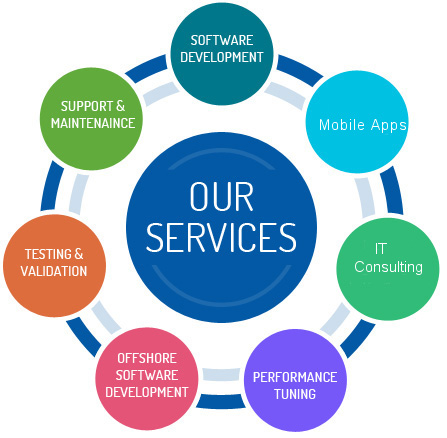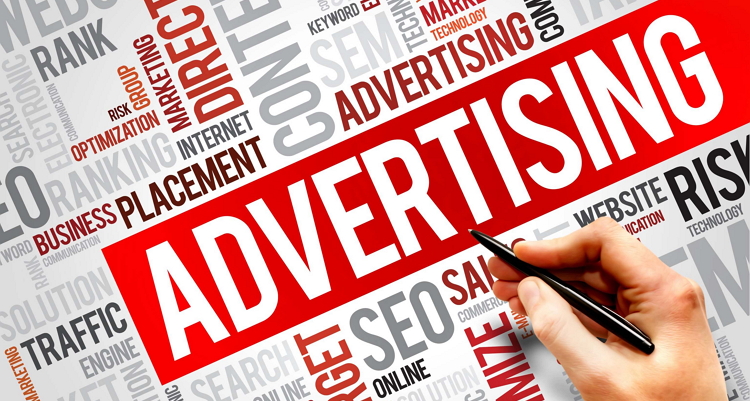This informative guide offers some smart hints to craft an effective marketing plan. If you apply them correctly, you are simply “doomed” to enjoy success. That’s why you ought to take this matter seriously.
You should understand the value of a marketing plan. Similar to a business plan, it clarifies the way you will connect with your customers and offer them to buy or use your products and/or services. Oftentimes, a marketing plan is included as one of the main parts of a business plan. However, it may be composed separately. A professional plan for marketing includes four (4) major stages. These are as follows:
- The Major Bid and Products and or Services;
- Pricing Strategy;
- Distribution Peculiarities;
- Advertising Strategy.
It’s important to understand each stage. We asked professional essay writers from Advanced Writers to share their experience in professional marketing plan writing and they will shed enough light on all these essentials.
Products/Services and Proposition
Your first step is to choose the products and/or services you propose. It’s important to choose such products/services, which are currently on the rise or will soon be in demand. Do small research and analyze the market. Pay attention to the forecasts of marketing experts to choose a beneficial direction.

Once you decide what direction to prefer, figure out what benefits will your customers reap. To be sure you understand how to propose, put yourself some questions. These are:
- What are the major characteristics and potential of your products/services?
- How your offer can help your customers?
- Why is it better than other similar options?
- Is it worth paying for it?
Describe the main features and functions of your product. Tell how your proposal differs from your competitors. Explain how it outweighs similar products and what dividends it brings. It’ll be your unique selling proposition or briefly USP. After you describe the main features, write one strong sentence to advertise your product. It’s similar to a thesis statement in an essay. One sentence plainly explains the main purpose. Here are some good examples of UPS:
- We will write the top-quality paper or your money will be returned.
- Apply our shampoo only once and the result will come immediately.
- Our product will solve the issue of dirt in the blink of an eye.
Pricing Strategy
The second step is to decide on your positioning and pricing strategies. You should not haste and carefully investigate this crucial matter. Before you set the final price, find out how many expenses it involves. There are some fixed and probable costs you will have to spend to receive, advertise, and deliver your product. Consider the expenses for the workforce and materials for its manufacturing. There also such costs as administrative, freighting, and so on.

Figure out a few more points:
- Compare your pricing and the market. Find out how much your prices deviate from the average market proposal.
- How competitive your bid is. Businessmen may set right the same price for their products / services on the market. Other options are to lower or charge more. Regardless of the final cost, you ought to justify your choice. Explain how and why your enterprise benefits from a decrease or increase in price. Include your competitors and compare them with your pricing positioning.
- Consider the return of investments. Every investor expects to receive more than he/she has invested. Your strategy should predict within what time frame the business will receive the first dividends.
Distribution Peculiarities
The next stage is to select the methods of distribution of your products and/or services. Your customers need certain services and conditions. After they buy something, they want it delivered to them. Therefore, your plan must include the way your products will be delivered.
- What methods of delivery to use. Decide how you will deliver your products to the customers. Will it be shipping, home delivery, retail, mail, other website or sales representatives?
- What channels you’ll use?
- What are the fixed and potential costs for deliveries?
- Which terms of deliveries you’ll use?
- Which methods are the fastest and which are the cheapest?
- How long your deliveries will take?
Another closely related issue is the system of payment. Choose some dependable and safe payment methods. Mind that people prefer different ways to pay. Therefore, try to implement several ways. You should likewise outline and decide on the following issues:
- What system of payment will you do for the orders, payments, and shipping?
- Which methods can be used by you?
- What are the credit terms for your customers?
- Choose a return policy.
- Offer realistic and fair warranties of refunding.
Advertisement
The final lap is your advertising and promotion campaign. You should decide where your customers will learn about your proposal. Find the most perspective methods to let other people know about your offer. There are many options and it’s a huge advantage.

Make allowances for the following variants:
- The Internet;
- Emails;
- Subscriptions;
- Billboards;
- Television;
- Flyers;
- Cooperative advertising;
- Radio;
- Newspapers and magazines;
- Ads, etc.
When you advertise on the Internet, you should take into account social media, advertisement websites, partnership sites, business websites, direct emailing, and something of the kind. Use as many possibilities as you can imagine and afford. Thus, you sufficiently increase your chances that more people will see your proposition.
Keep these points in your mind. They are essential for the success of your marketing plan. No matter what direction and product/service you choose, it will be effective enough to elevate your small business over the rest.
